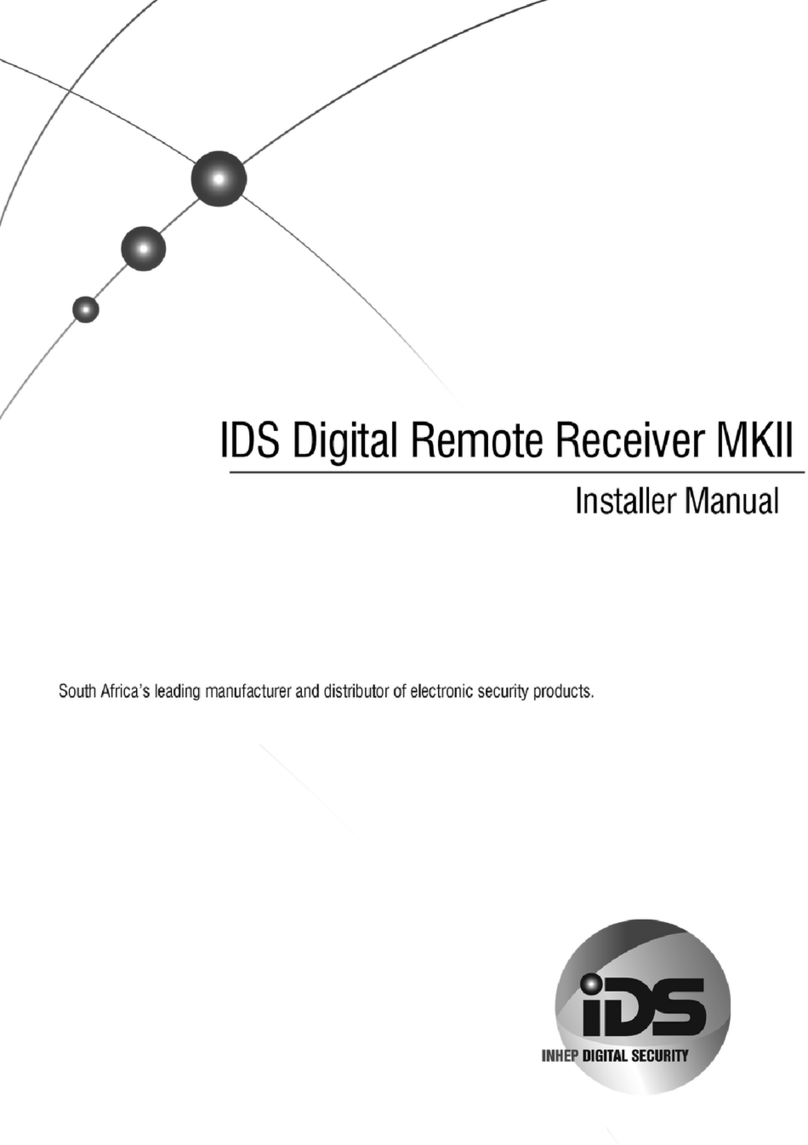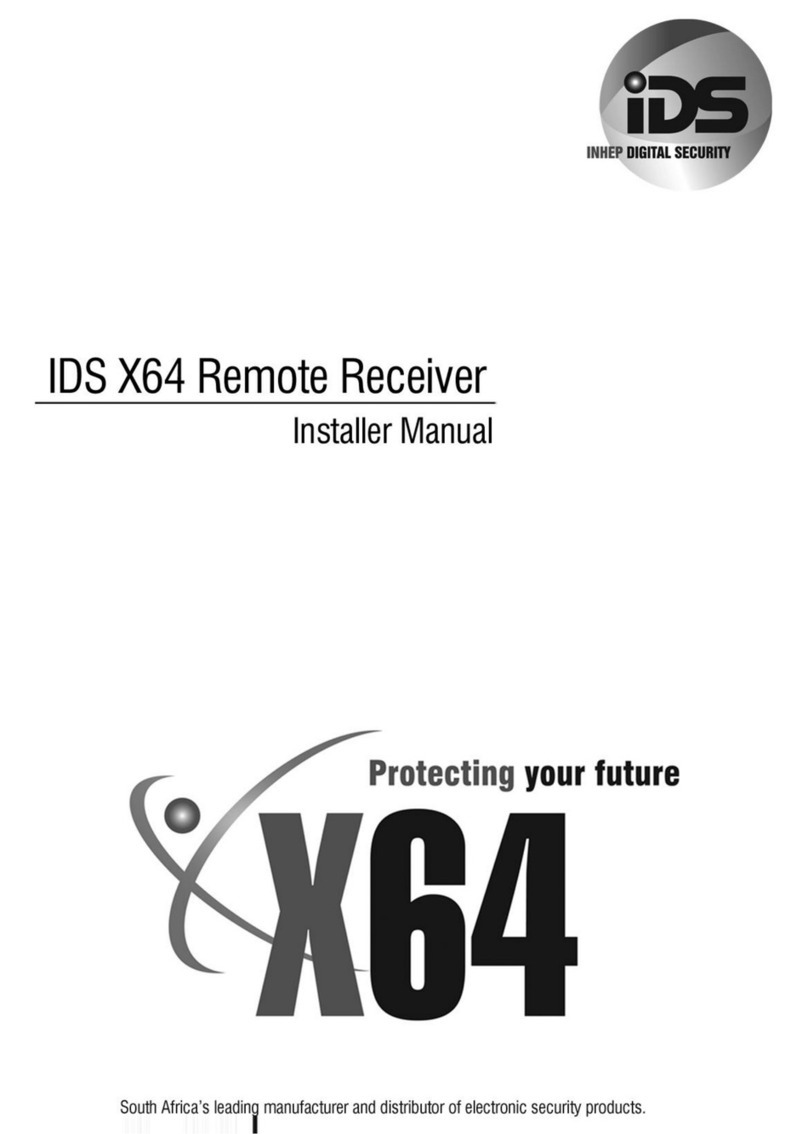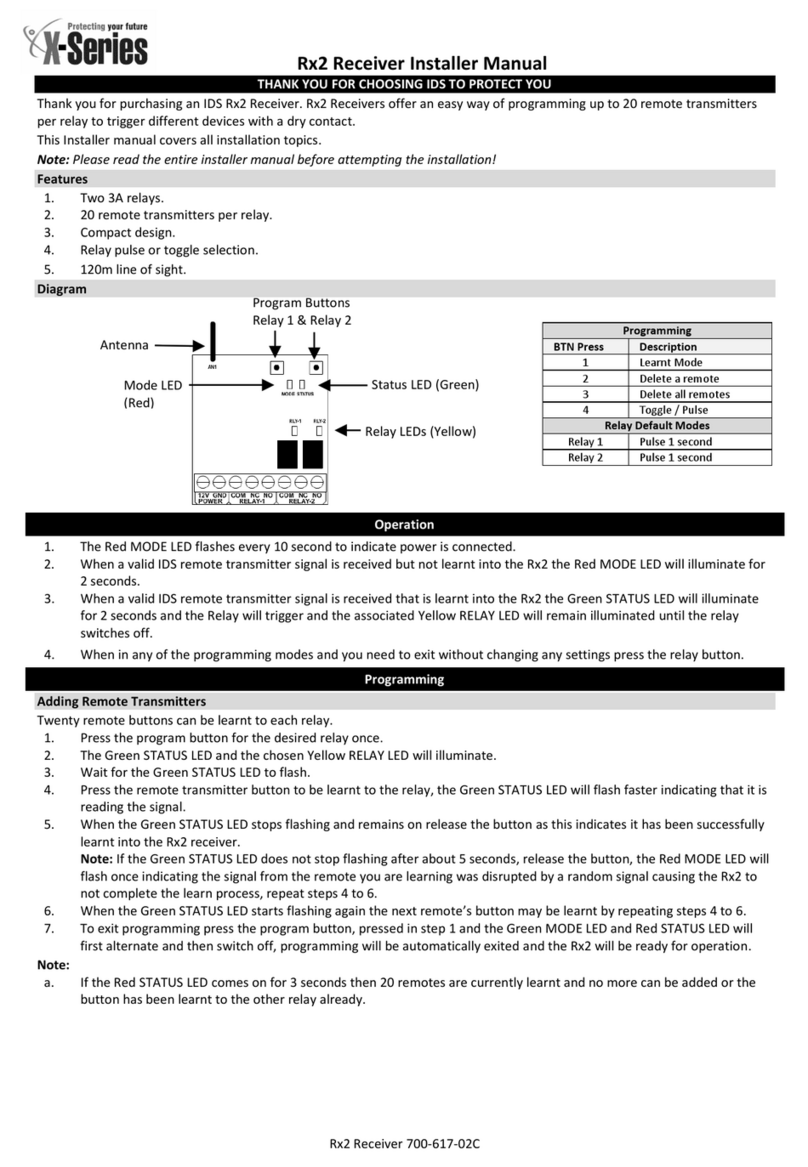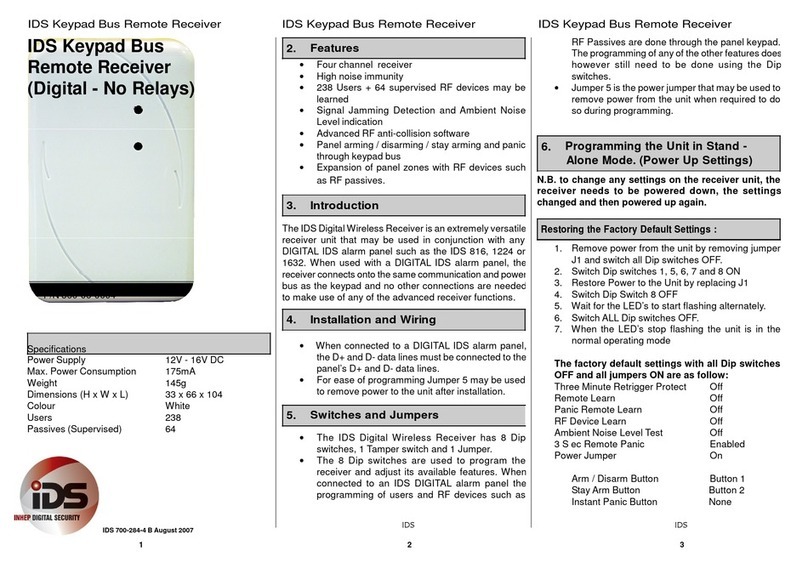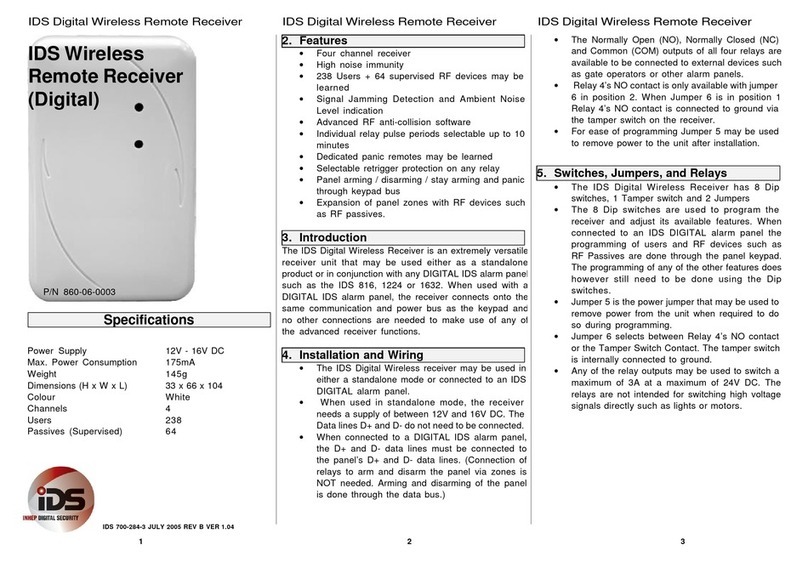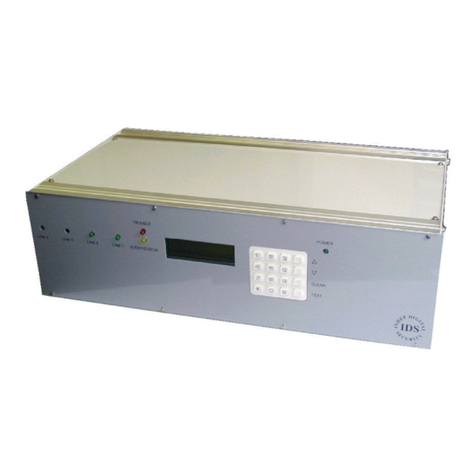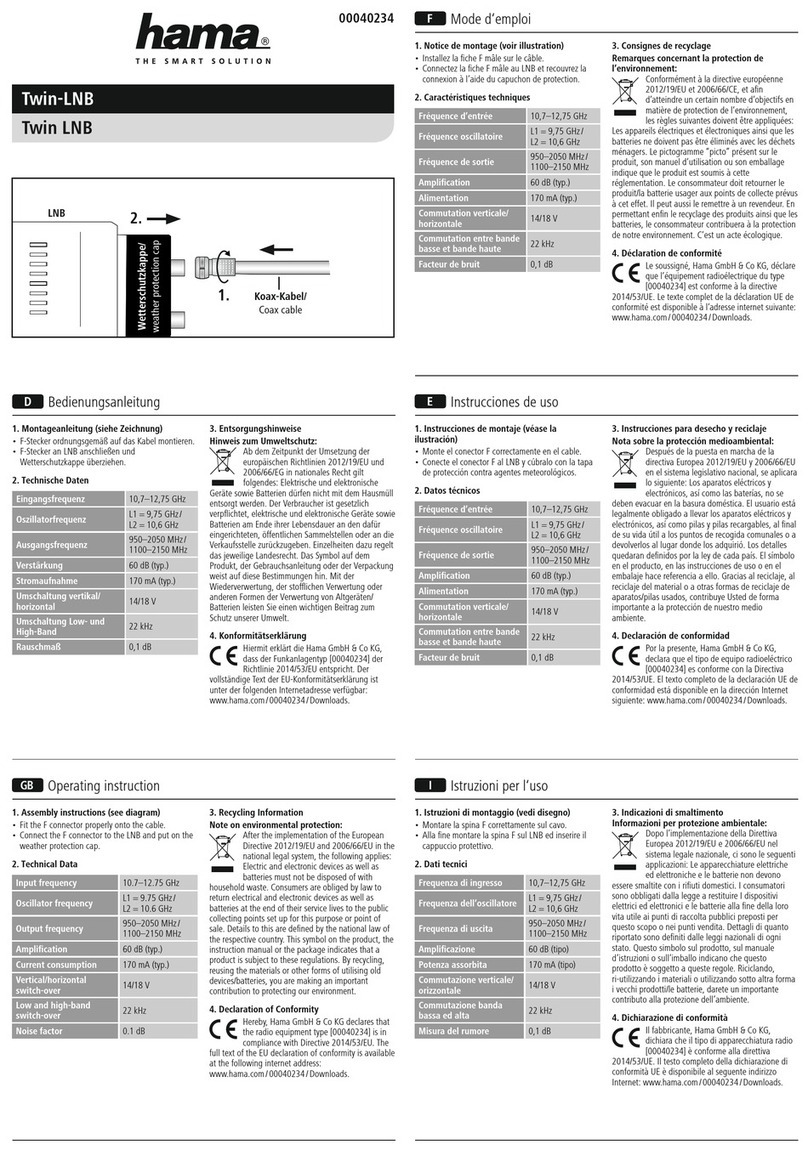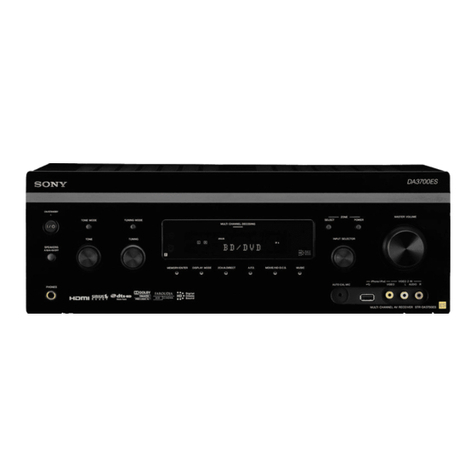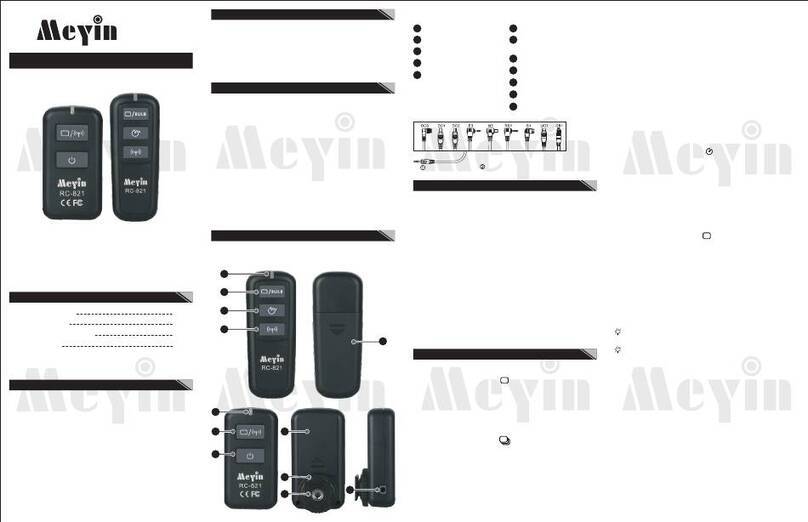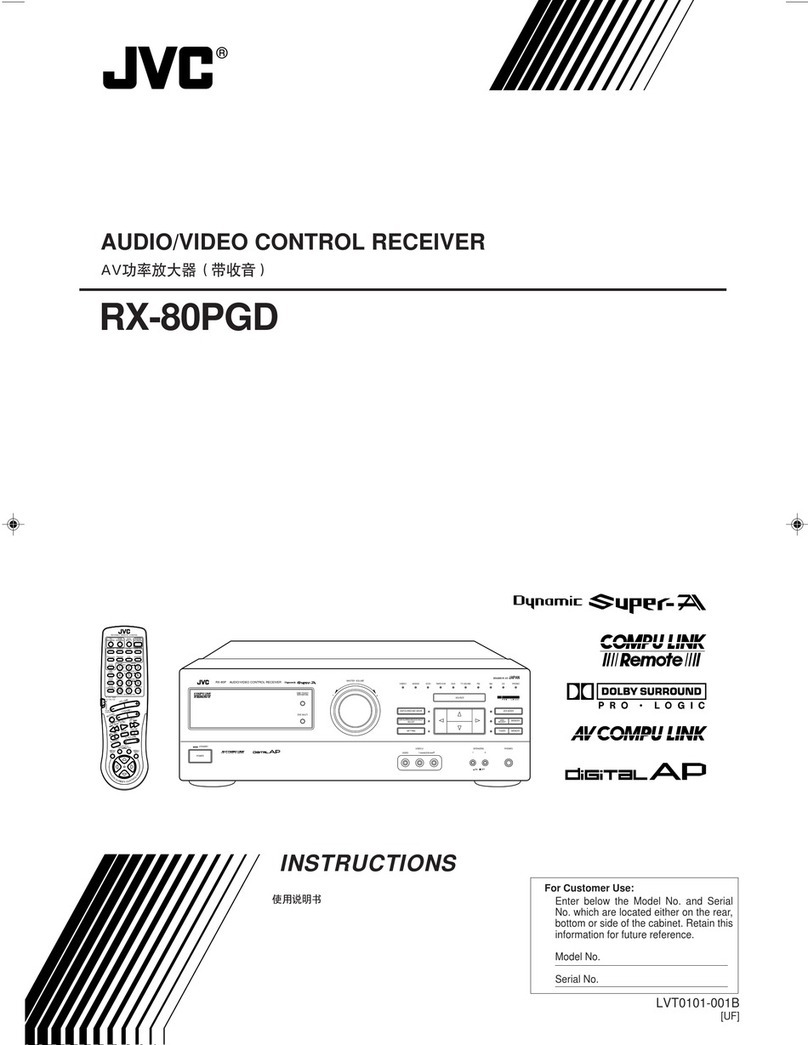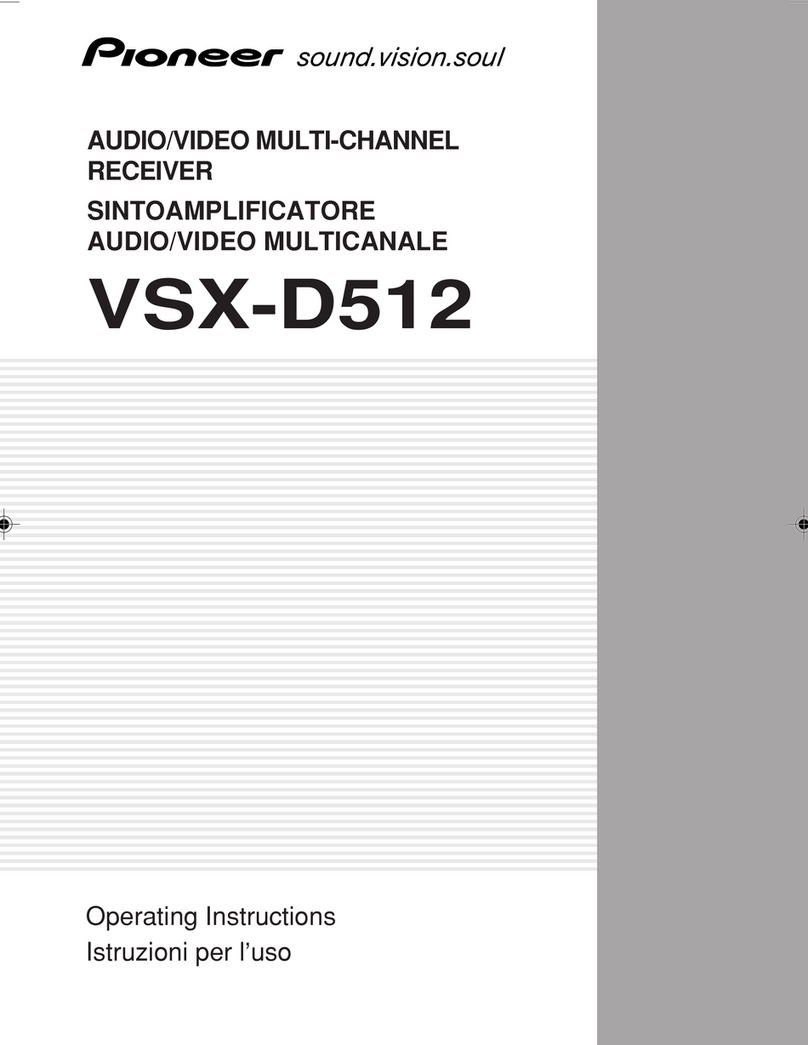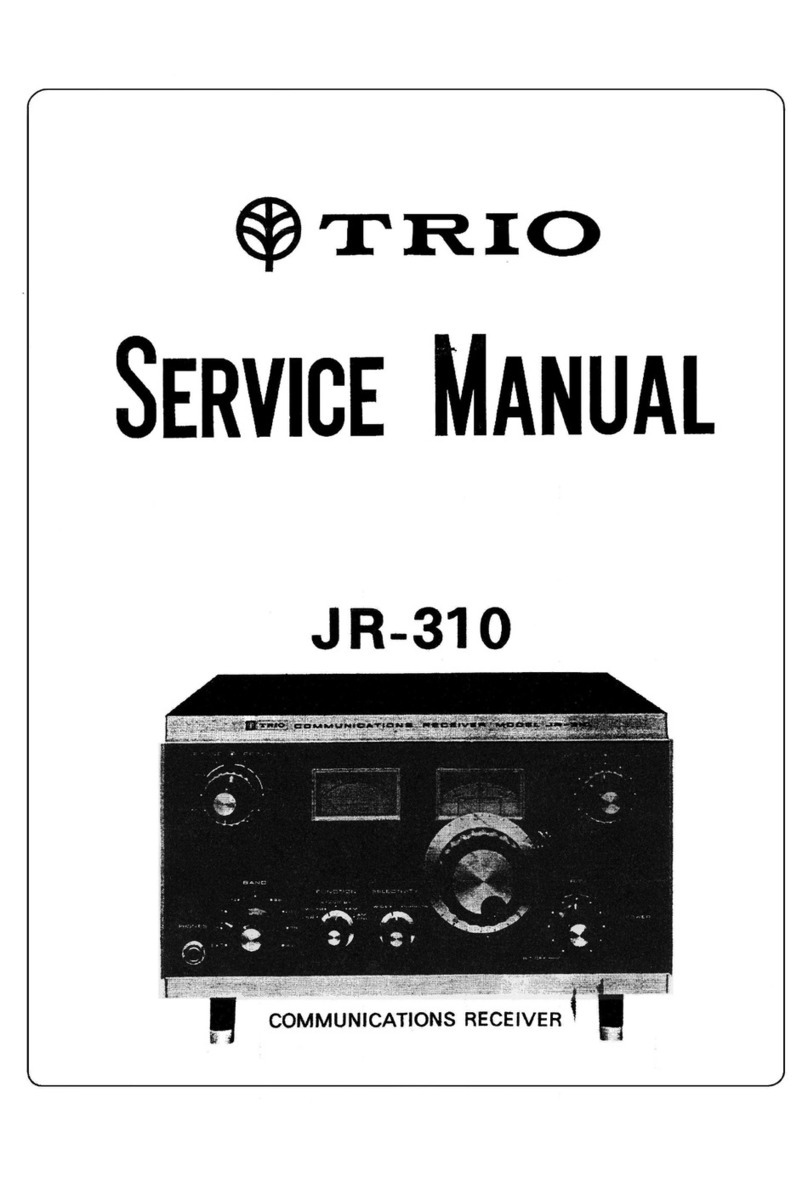IDS Xwave Installation guide

IIdgjI
Xwave 8 Channel Standalone Wireless Receiver
The IDS Xwave 8 Channel Standalone Wireless Receiver is capable of learning up to 8
IDS Xwave detectors. The receiver has 8 zone outputs and 3 trouble outputs. In this
guide we will discuss all functions as well as installation and programming of the
receiver.
IDS Xwave
Training Manual

1.Installation
1.1. Hardware
MODE/Tamper Switch
Zone/Detector LED's
Trouble LED's
Jumpers
Power LED
Power Input
Trouble Outputs
Zone Outputs

1.2. Jumpers
The IDS Xwave 8 Channel Standalone Wireless Receiver has 3 jumpers that allow you
to set the supervision time, enable tamper and enable RF Jam detection.
JP 1 - Supervision Time
ON
Supervision Time is set to 3 hours.
OFF
Supervision Time is set to 24 hours.
The Supervision Time is the amount of time the receiver will wait for a supervision signal
from the detector. If no supervision signal is received a Supervision failure will be
created.
JP 2 - RF Jam Detection
ON
Enables RF Jam detection.
OFF
Disables RF Jam detection.
When RF Jam Detection is enabled it uses Zone output 8 when an RF jam is detected.
If RF Jam Detection is enabled then detector 8 is disabled.
JP 3 - Box Tamper
ON
Enables Box Tamper.
OFF
Disables Box Tamper
The tamper button is also used to program the receiver, when programming the
receiver JP 3 must be off.
1.3. Trouble Outputs
There are 3 trouble outputs, excluding zone 8 when using RF Jam Detection. These
outputs include Tamper, Low Battery and Supervision. When the IDS Xwave 8 Channel
Standalone Wireless Receiver receives a trouble condition it will trigger the
corresponding output until it has received a restoral for that trouble.
1.4. Zone Outputs
There are 8 zone outputs numbered 1 - 8 for each learned detector, these outputs are
triggered when the receiver gets a signal from the corresponding detector. The outputs
should be wired to the zone of an alarm panel.
If RF Jam Detection is enabled then output 8 is triggered when the receiver detects an
RF jam, and will ignore any signals from detector 8.

1.5. LEDs
The IDS Xwave 8 Channel Standalone Wireless Receiver uses LEDs to indicate what is
happening on the receiver.
Power LED - This LED is on when the receiver is powered.
Zone LEDs - LEDs 1 - 8 will light up when the receiver has received a signal from the
corresponding detector, and to indicate which menu option has been chosen.
RF Jam LED - Zone LED 8 will come on when the receiver has detected an RF Jam.
Tamper LED - This LED will come on if the receiver gets a tamper signal from one of
the learned detectors, or if the box tamper has been triggered. The LED will turn off
once it has received a tamper restoral from the tampered detector.
Supervision - This LED will come on if the receiver has not received a signal from a
specific detector within the Supervision time. The LED will turn off once the receiver has
received a signal from that detector.
Low Battery - This LED will turn on if the receiver gets a low battery signal from a
detector. The LED will turn off once it receives a battery restoral from that same
detector.
2.Modes
To program the IDS Xwave 8 Channel Standalone Wireless Receiver ensure that
jumper 3 is off, so that the tamper switch becomes the MODE button. Programming is
done by holding the MODE button down, the zone LEDs will light up one at a time
starting from 1 up until 8. Release the MODE button when the LED reaches the mode
you need. After 2 minutes of inactivity the receiver will return to normal operation.
2.1. Mode 1 - Learn
Mode 1 is used to learn detectors into the IDS Xwave 8 Channel Standalone Wireless
Receiver.
To learn a detector to the IDS Xwave 8 Channel Standalone Wireless Receiver:
1.) Hold the MODE button until LED 1 is lit, then release it.
2.) Choose the channel you want to learn the detector to, this is done by holding the
MODE button again until the desired LED is lit.
(If there is already a detector learned to that channel the LED will begin flashing. You
can learn a new detector to replace the existing one)
3.) Press the tamper on the detector you want to learn to the selected channel. When
the detector has been learned all zone LEDS will flash momentarily.
4.) You can learn another detector by pressing the MODE button until the desired LED
is lit and repeating the process.

2.2. Mode 2 - Erase
Mode 2 is used to erase detectors from the IDS Xwave 8 Channel Standalone Wireless
Receiver.
To erase a detector from the IDS Xwave 8 Channel Standalone Wireless Receiver:
1.) Hold the MODE button until LED 2 is lit, then release it.
2.) Choose the channel you want to erase the detector from, this is done by holding the
MODE button again until the desired LED is lit.
(If there is a detector learned to that channel the LED will begin flashing)
3.) After approximately 10 seconds all zone LEDs will flash momentarily. This indicates
that the detector in selected channel has been erased.
4.) You can erase another detector by pressing the MODE button until the desired LED
is lit and repeating the process.
2.3. Mode 3 - RSSI
RSSI mode is used to test the signal strength of a detector.
To check the signal strength of a detector on the IDS Xwave 8 Channel Standalone
Wireless Receiver:
1.) Hold the MODE button until LED 3 is lit, then release it.
2.) Choose the channel you want to check the signal strength of, this is done by
holding the MODE button again until the desired LED is lit.
3.) Trigger the detector learned to the selected channel. The zone LEDs will light up
proportional, to that detectors signal strength.
(The LEDs light from left to right, so if only two LEDs on the left are illuminated your
signal is poor, if you have 6 LEDs illuminated your signal is good)
4.) You can check the signal strength of another detector by pressing the MODE button
until the desired LED is lit and repeating the process.

2.4. Modes 4, 5 and 6 - Troubled Zones
If you receive a trouble condition; tamper, supervision loss or low battery, you can see
which zones have sent these troubles by using modes 4, 5 and 6.
Mode 4 - Shows tampered zones
Mode 5 - Shows supervision failed zones
Mode 6 - Shows low battery zones
To show the troubled zones on the IDS Xwave 8 Channel Standalone Wireless
Receiver:
1.) Hold the MODE button until LED 4, 5 or 6 is lit, then release it.
All LEDs with the selected trouble will come on.
2.5. Mode 7 - Clear Troubles
If you want to clear any troubles that are displayed on the IDS Xwave 8 Channel
Standalone Wireless Receiver:
1.) Hold the MODE button until LED 7 is lit, then release it.
All zone LEDs will flash momentarily to indicate that all troubles, tamper, supervision
and low battery will be cleared.

IDS Xwave Door Contact
The 860-07-587 door contact has a built-in
wireless transmitter.
1.Hardware
Tamper Switch
Supervision Jumper
J1 On –90 mins
J1 Off –12 hrs
IDS Wireless
Transmitter
Battery Holder
LED Jumper
On –Enables the LED
Off –Disables the LED
Transmit LED
Reed Switch

2.Installation
Mount the wireless door contact to the door frame via the mounting holes. (Making
sure that the base does not extrude passed the frame and catch on the door when it
opens or closes.)
Close the door and mount the magnet onto the door next to the reed switch. (Make
sure that the magnet does not interfere with the wireless door contact when opening
and closing the door. Make sure that when opening the door the magnet moves a
sufficient distance away from the reed switch to activate the wireless door contact )
Set the jumper settings (seen in the Hardware section) to your needs.
IDS Xwave Universal Transmitter
The IDS Xwave Universal Transmitter connects to a wired device allowing it to transmit
wirelessly.

1. Installation
1.1. Hardware
Note: The IDS Xwave Universal Transmitter will work with a voltage as low as 9V but you will
receive a low battery signal if the voltage is below 10.5V.
Wireless Serial
Number
Jumpers
Detector Tamper
& Trigger Inputs
Power Input
12v DC

1.2. Jumpers
The IDS Xwave Universal Wireless Transmitter has 3 jumpers that allow you to set the
supervision time, select the mode and select normally open/close inputs.
JP 1 - Supervision Time
ON
Supervision Time is set to 90 minutes
OFF
Supervision Time is set to 12 hours
The Supervision Time is how often the transmitter will send a supervision signal. If no
supervision signal is received by the receiver a Supervision failure will be created.
JP 2 - Mode
ON
Door Magnet Mode (Open and Close signals)
OFF
Standard Mode (Open only signals)
Door Magnet Mode sends an open signal when the input changes state and sends a
close signal when it changes back.
Standard Mode only sends an open signal when the input changes state and doesn't
send anything when it changes back. (The panel/receiver will automatically close the
zone)
JP 3 - Trigger Circuit
ON
Normally Open Circuit (Triggers when the circuit is closed)
OFF
Normally Closed Circuit (Triggers when the circuit is opened)
1.3. Wiring
Note: The Com input is used for the power negative as well as for the trigger and
tamper common.
12vDC
Alarm Trigger
Tamper
Universal Transmitter
Wired Detector

1.4. Learning to a Receiver
There are two ways you can learn the IDS Xwave Universal Transmitter to an Xwave
Receiver.
1.) Serial Number: When connecting to the Xwave Bus Receiver you can just type the
serial number into location 260 in the installer programming.
2.) Tamper: When prompted, trigger the tamper input on the Universal Transmitter.
IDS Xwave Repeater
The Xwave repeater is an intelligent Xwave wireless repeater that will only repeat learnt
Xwave detector signals and supports a maximum of 16 detectors.
The Xwave repeater can be used to extend the distance that Xwave detectors can be
installed from the Xwave receiver by repeating the Xwave signal up to 100m line of
sight.
It can also be used in situations where wireless signals are not being received due to
building construction, layout or local wireless interference.
Serial Number

1.Hardware Overview
The Xwave repeater requires a contain 12v DC supply due to the repeater needing to
be in a continuous “listen” mode. The batteries are only used as a battery backup due
to AC power failure.
To open the Xwave repeat cover, remove the two screws from underneath the unit. The
drawing below shows the inside of the Xwave repeater with the jumper and LEDs
functions.
S1 –Enable/Disable LEDs
12v DC Power Input S2 –Enter Learn Mode
LED1 –On when Xwave repeater receives a learnt Xwave signal
LED2 –On when Xwave repeater transmits an Xwave signal (repeating)
LED3 –Power/RF signals –Will flash when there is any 433Mhz RF signal
LED4 –On when Xwave repeater is in learn mode

2.Defaulting
To default the Xwave repeater, de-power the repeater put a jumper on S1, press and
hold the S2 button and power up.
Once LED4 comes on and LED1 and LED2 flash alternately, release the S2 button.
The Xwave repeater is now defaulted.
3.Learning Detectors
To learn a detector to the Xwave Repeater put a jumper on S1 and press the S2 button.
Once LED4 comes on press and release the wireless detector's tamper switch, LED1
and LED2 will flash alternately and then LED1 will come on for 3 seconds followed by
LED2 coming on for 3 seconds then both LED1 and LED2 will turn on for 3 seconds.
If LED1 doesn't turn on after the alternating flashing then the repeater already has 16
detectors learnt and cannot learn more.
Other manuals for Xwave
1
Table of contents
Other IDS Receiver manuals
